In 1788, Mary Prince was born into enslavement on Bermuda around 1788, and sold away from her family at the age of ten. She was treated cruelly by a series of masters on several West Indian islands, enduring extreme hardship and sexual abuse. For years she was forced to work up to her waist all day in salt ponds, manufacturing salt. This work caused sun blisters on exposed parts of the body and painful boils and sores on the legs.
Prince ended up in Antigua belonging to the Wood family. in December 1826, she married Daniel James, a former slave who had bought his freedom and worked as a carpenter and cooper. For this act, she was severely beaten by her master.
In 1828, she travelled to England with her owners. She eventually ran away and found freedom, but only in England and she could not return to her husband. Mary campaigned against slavery, working alongside the Anti Slavery Society and taking employment with Thomas Pringle, an abolitionist writer and Secretary to the Anti-Slavery Society.
She became the first woman to present an anti-slavery petition to Parliament and the first black woman to write and publish an autobiography, ‘The History of Mary Prince: A West Indian Slave ‘. The book was a key part of the anti slavery campaign. It made people in Britain aware that, although the Slave Trade had been made illegal, the horrors of life on the plantations continued for so many people.
Unfortunately the remainder of Mary Prince’s life is a mystery. It is unknown whether she died in Britain or was able to return, free, to Antigua.
Source: @http://abolition.e2bn.org/people_37.html
@http://www.bbc.co.uk/history/british/abolition/abolitionists_gallery_04.shtml





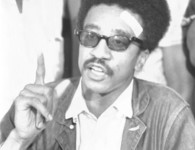
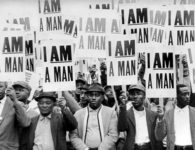
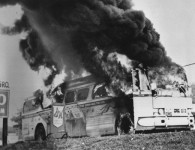
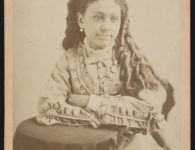
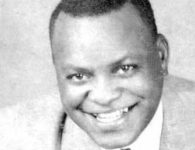
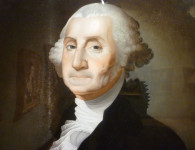
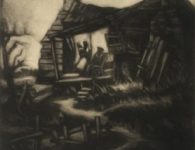

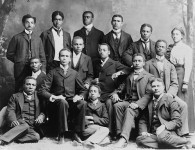
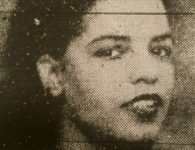
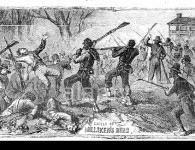
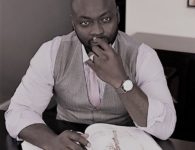
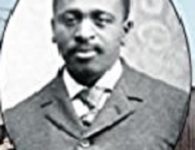



1 Comment
A recent email from this site proposed inaction in the upcoming election, as there seemed to be no one representing black interests. Would it not be more productive to do a little research and present a more positive course of action?